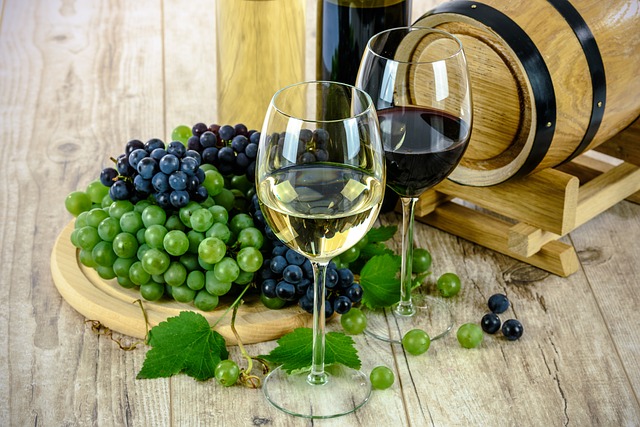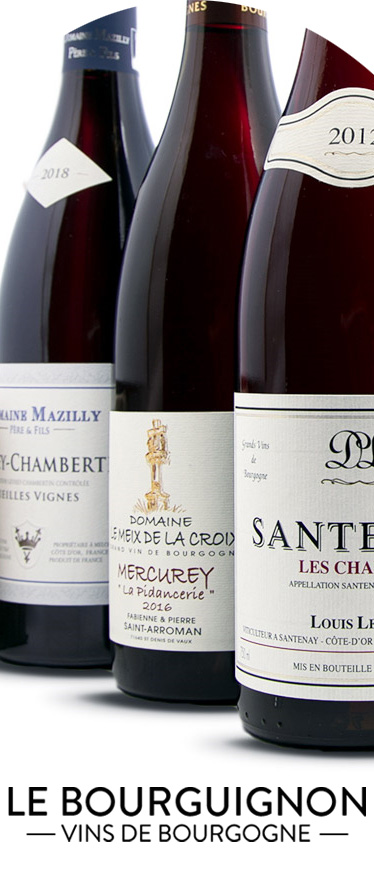Winemaking
The operation that transforms the grape into wine is called vinification. It takes about 1.3-1.5 kg of grapes to get a liter of wine. The essential steps of winemaking are: destemming, pressing, maceration and fermentation. Their sequence differs according to the type of wine to be made. The variety of grapes used also determines the type of wine obtained. Alcoholic fermentation, the main phase of winemaking, is a natural phenomenon during which the sugars of the grapes are transformed into alcohol under the action of yeasts. This transformation is accompanied by a release of carbon dioxide. This same gas contained in champagne bottles (the formation of gas occurs naturally in the bottle) blows up the corks and is released by forming bubbles. Winemaking is a delicate operation whose smooth running remains conditioned by the know-how of the winemaker and the oenologist. Red wines are made from red grapes, while white wines can be obtained from both white grapes and red grapes. Rosé wine (made from red grapes) can be obtained in 2 ways: like red wine with a very short maceration before pressing (rosé de saignée) or according to the technique used for white wine (rosé de pressée). Depending on regional particularities, there are different operating methods within these general winemaking processes. After pressing, the wine is then clarified, stabilized and then aged (in oak barrels if conservation "under wood" is sought). Depending on the type of wine produced, the period of ageing "under wood" will be more or less long. It allows the wine to flourish through a slow evolution. At the end of it, the wine is filtered before being bottled 

